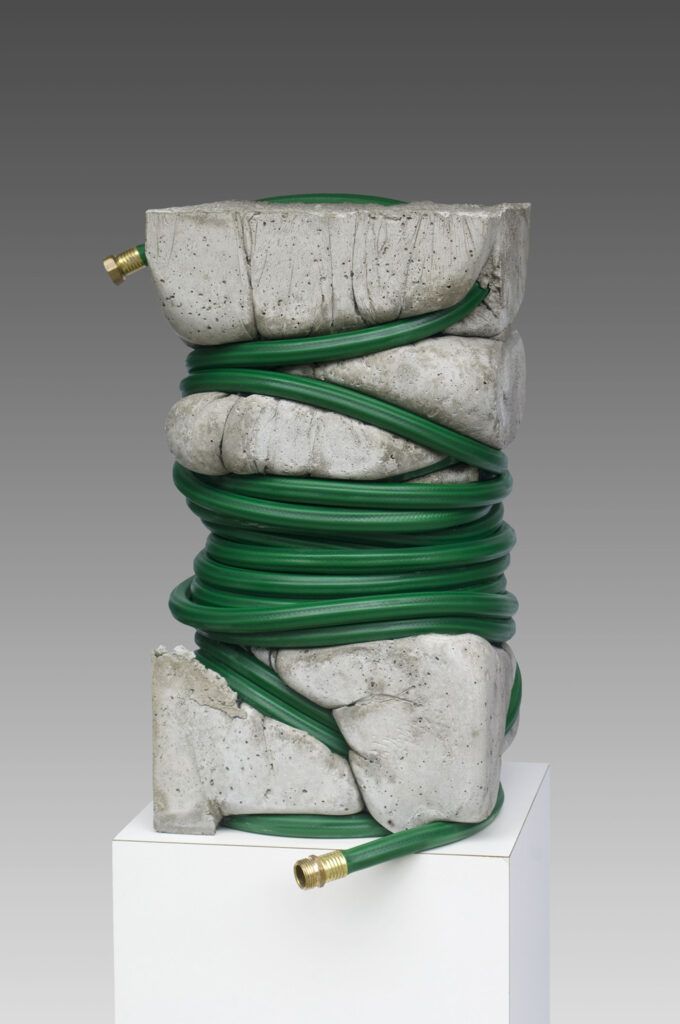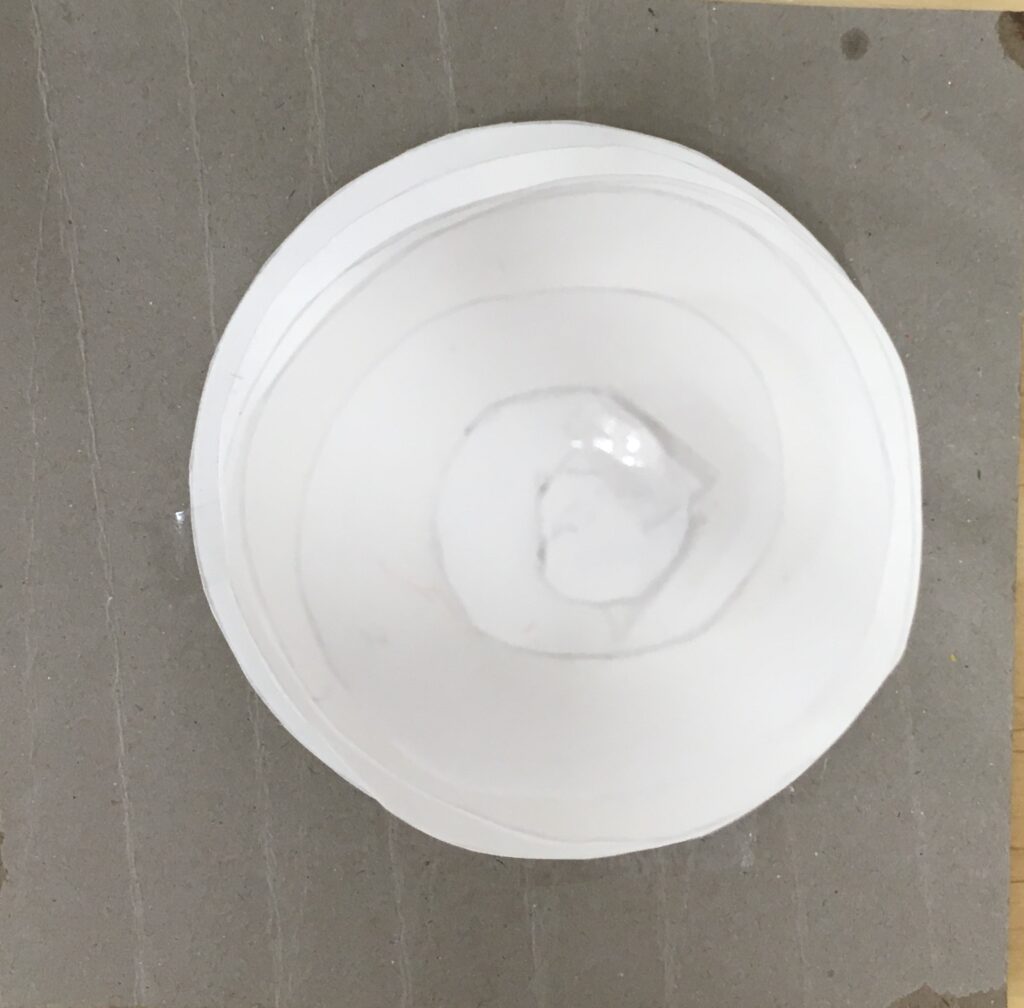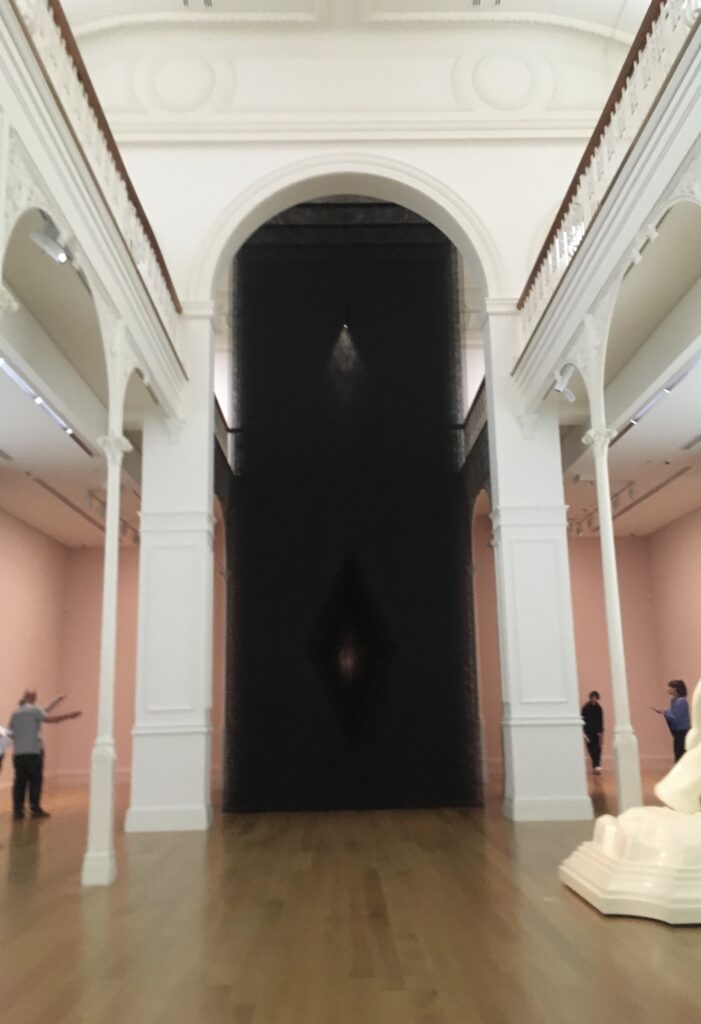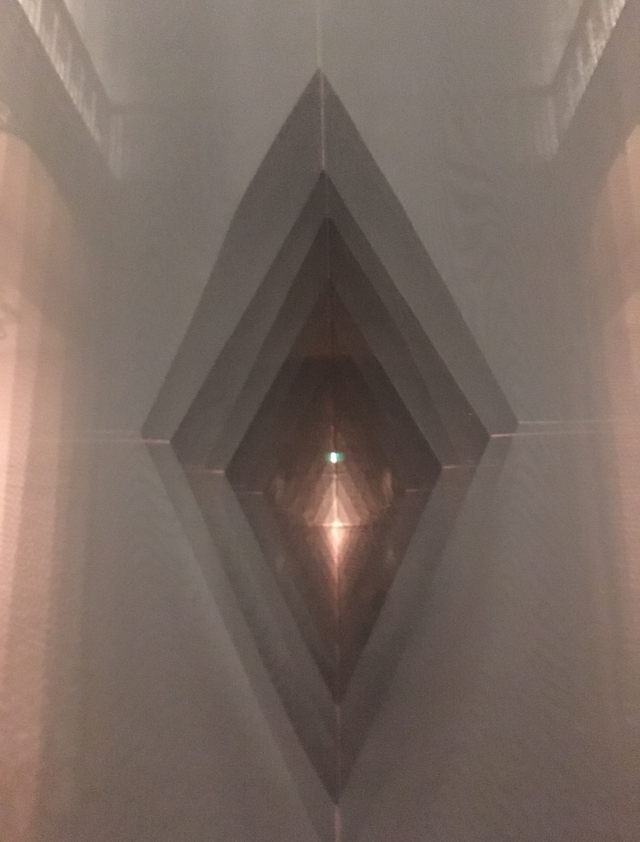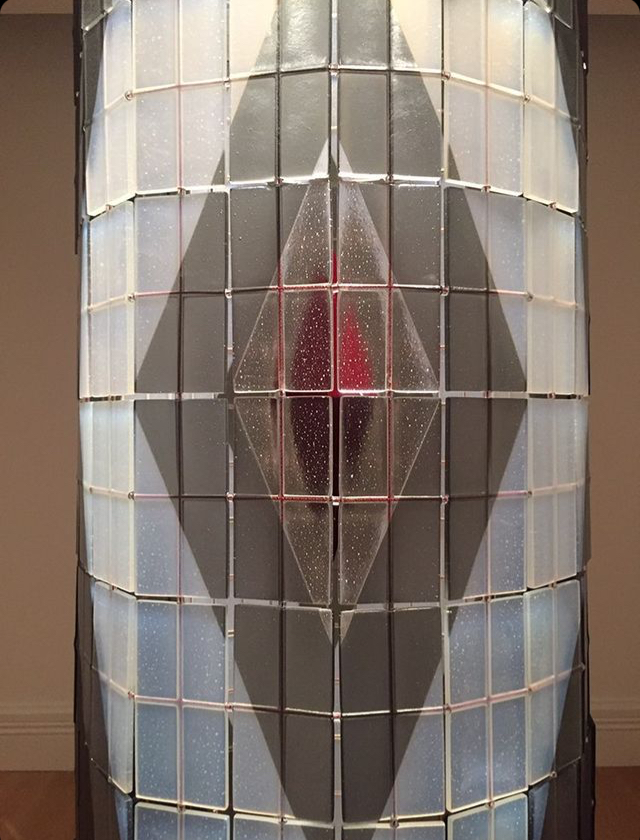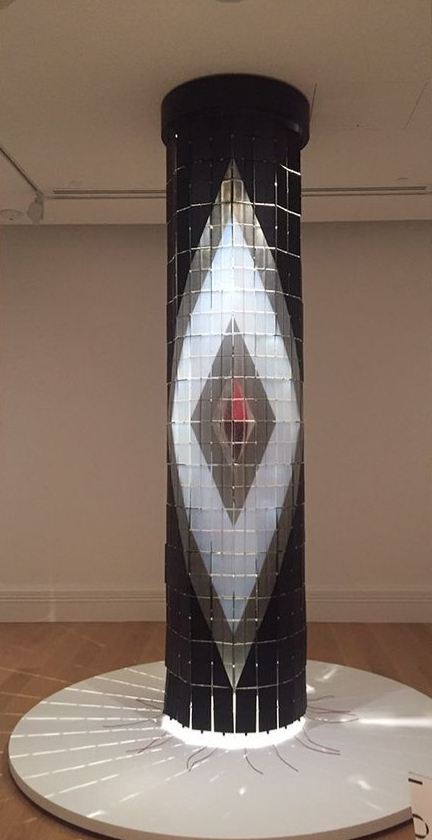A Weight off Your Mind

sculpture 1 
sculpture 2 
sculpture 3 

Reflections
A part of the process that I really enjoyed was making the plaster moulds. I’ve never worked with plaster before so I enjoyed pouring the plaster pouring into the moulds and seeing my 2D shape balloon into a 3D shape. It was also fun to unwrap and tear away the fabric to see how the plaster set and find out how my sculpture came out. It was like opening a lucky dip and was exciting to open up and find out if it was bad or good result. It was also really fun to play with the wire and making really cool curves and shapes.
My work engaged with the brief’s focus as I connected all of my sculpture to the key ideas of ‘A Weight off Your Mind’, such as volume, mass, linear planes and 2D planes. As well as this I referenced techniques from artist models that were given as examples/guidelines for my sculptures. With each of my sculptures, I had a general shape that I stuck to, to explore how different materials form volumes and mass. This can be seen in sculpture one, big liquid droops formed by plaster in fabric. In Sculpture 2, the wire with a variant of curves creating a 2D plane contrasting the plaster base which has taken the form of the soft round fabric mould. And in Sculpture 3, the plaster has taken the cushion-like form of the fabric mould and shows it’s weight and volume through the squished impressions made from the wool I wrapped around while it was setting.
A new art idea I explored was creating forms that looked like liquid or like an organic form. It was fun to make such free form objects and I was really happy with the how my sculptures aesthetically turned out. I researched into artists that made work similar to what I was making, such as Ken Price and Laura Soto. I found it really cool how although, Price, Soto and I all have similar forms of ‘goop’ and of substance, all of our work look different. As well as that, I looked at other artists such as Joel Allen, Gregor Kregar and Jeff Muhs to help develop my sculptures and bring in new ideas to my works.
If I had more time, I would have developed my work to look more of a substance in regard to the stands of sculptures. I would try to make the sculpture stand to look more organic or not even have a stand and have my sculptures support itself. I would also like to work bigger. Another thing I would have developed was creating sculptures that would hang-upside down, so it would truly look like a dripping substance. Lastly, I would like to add colour to my work, making them look more vibrant and colourful would add to the aesthetic of liquid or like coral.
The most difficult thing for me was creating works that would break. I made many plaster sculptures that would break because of the complex shapes I would design. I overcame this by making simpler forms and by also trying to be really slow and patients while removing the mould off of the set plaster. Not only this, but when my sculptures did break, I would stay calm and overcome it by heading down to the wood work shop and gather materials that would fix the broken sculpture. Such as on the last day of workshop, my Third sculpture broke, I went down the workshop, ask for help and was supplied a drill, wire and strong glue.














